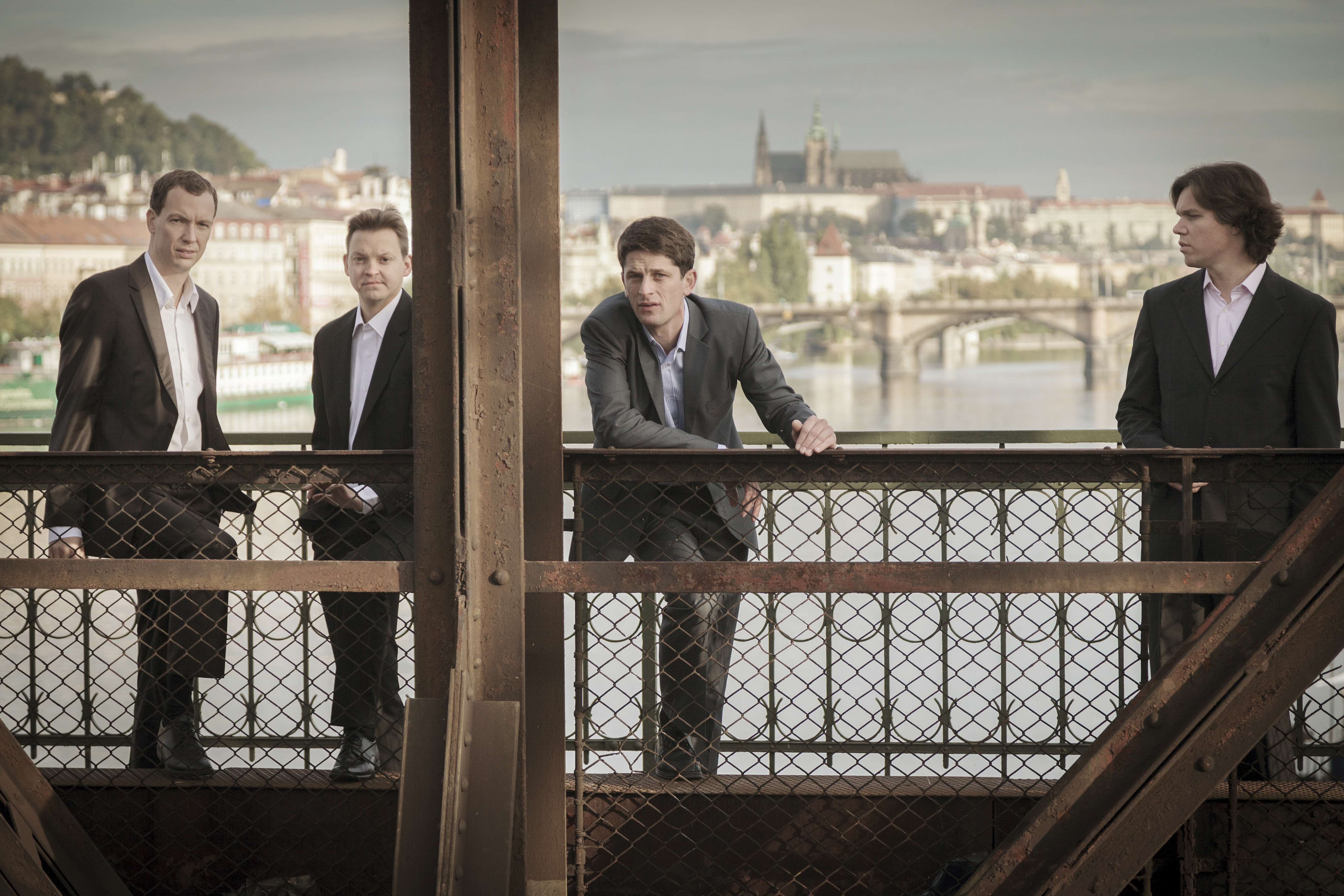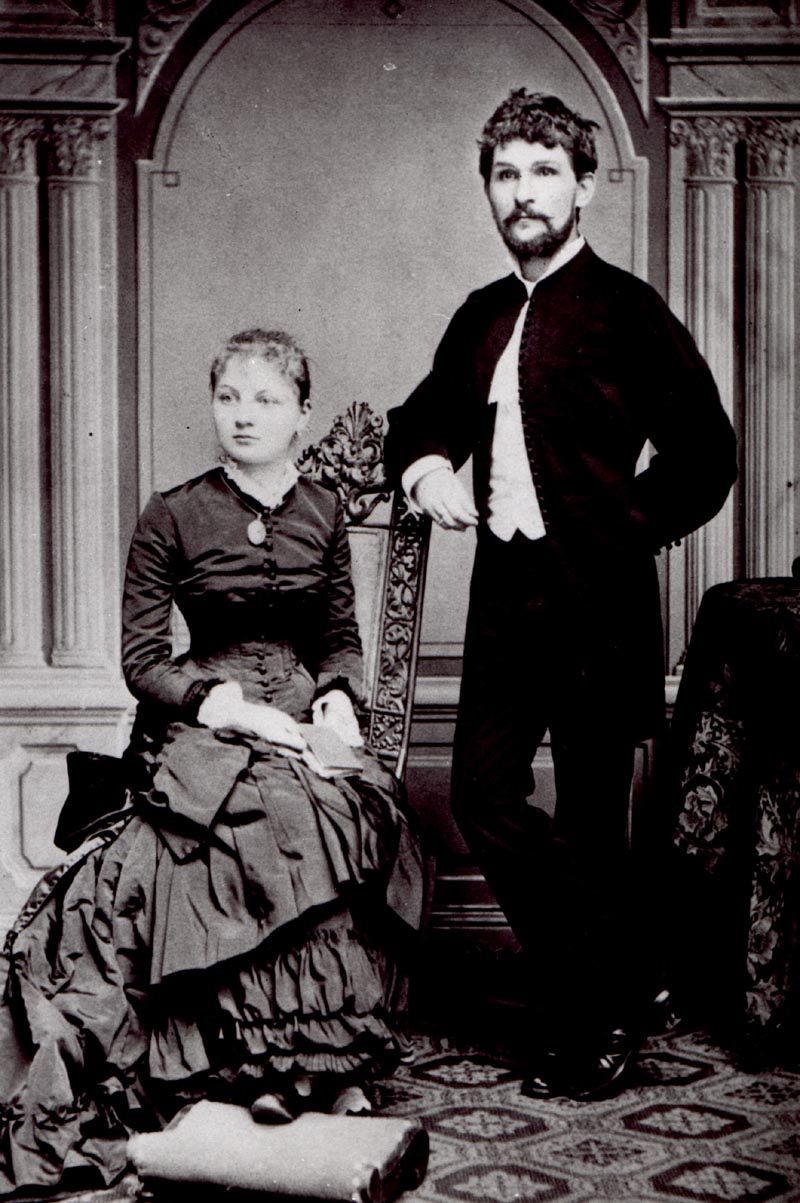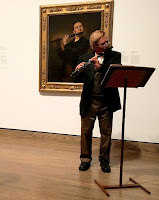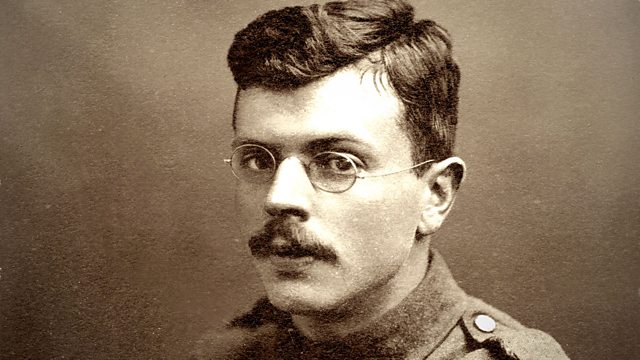I knew this concert would be tremendous, because we had also been at the St. Matthew Passion performance on Good Friday, a few months ago, which had thrilled me then and for a long time afterwards. The soloist who had taken the part of Jesus in the oratorio was now singing the bass arias in the mass, so we knew the standard of singing would be high, as indeed it was, very, and we were to have the same able conductor at the podium, Kevin Mallon. We had many of the same instumentalists too (the Thirteen Strings plus their friends from the NACO -- its lead flute, oboe, trumpet, horn) including Julian Armour again, taking responsibility for the continuo part on his cello. The choir singing the great choruses of the mass, highly competent and well rehearsed, as we could see, since we sat near them, was from the Studio de musique ancienne de Montréal. We particularly admired the stamina of the first sopranos!
It is impossible to describe Bach's music in words. "The culmination of the Baroque!" my school notes used to say, but that is only a text book phrase. Perhaps a painting would do better justice to it, using all the colours. I have sung the B-minor Mass ... when I was 19, as one of the 2nd sopranos in London's Imperial College Choir, an experience that gave me a very good idea of what "in Heaven" means. Even though that performance wasn't half as good as what we heard in Ottawa, I remember how the last half hour of it was like flying through a night sky full of stars, making all my self-centred little worries null and void. Probably my mother once felt the same, because she has told me that she'd like a recording of the Sanctus from Bach's B-minor Mass played at her funeral.
Mum came up with another simile too; she once said that singing the Sanctus was like being on a big ship sailing the high seas.
I have found this blogpost about Sir John Eliot Gardiner and his more detailed response to the Bach mass, worth reading if you're interested.
Bach's greatness wasn't as obvious to his contemporaries at it is to us, and it wasn't until Mendelssohn's day, over a hundred years later, that he acquired his stature as a great composer. The 1720s clergymen at Leipzig had thought his St. Matthew Passion far too long and over-dramatic so hadn't given it a good reception. In a fit of pique, perhaps --- although this is undocumented speculation --- Bach decided to offer his large scale choral music to the court at Dresden instead, after that, setting Catholic Latin texts, what's more.
Again, it was very warm and humid that day, so it was essential to sit still in the non airconditioned church to hear this rather same-ish, soft music, lightly played, and the lack of resonance in these instruments so lulling that many of us had a hard time keeping awake. Sad to say, the nave wasn't half so full after the intermission because many of the audience had made their escape. I was sitting with Jingnan and Lee from my Chinese class during this concert, and we were among the few who remained. Jingnan told me that the word for 'soporific' in Chinese is cuīmián (催眠). During the break I walked up to the podium to take a closer look at the viols that had been left there. They constituted a visual work of art, too, each one decorated with a plume of coloured ribbons, as were their music stands.
The music sounds serious, intellectual, to us but the chief viol player (Susie Napper), who introduced everything, claimed that Bach himself saw the composition of the Art of Fugue pieces more as an after-dinner pastime and she informed us that Bach had a sense of fun, as well as a great liking for wine. She apologised for "the lack of seriousness in this performance", although actually I failed to identify any humorous moments in what followed. The fugues and canons were composed, maybe as a challenge from one of his family or friends, during the last ten years of Bach's life, in 2, 3 and 4 parts: Contrapunctus I, Contrapunctus II, Contrapunctus III, etc., all the way to Contrapunctus XVIII.
In complete contrast, the encore the instrumentalists gave us was an arrangement of Gershwin's Summertime for viols with the song part played on the recorder by Mélisande Corriveau.










_sq.jpg)




